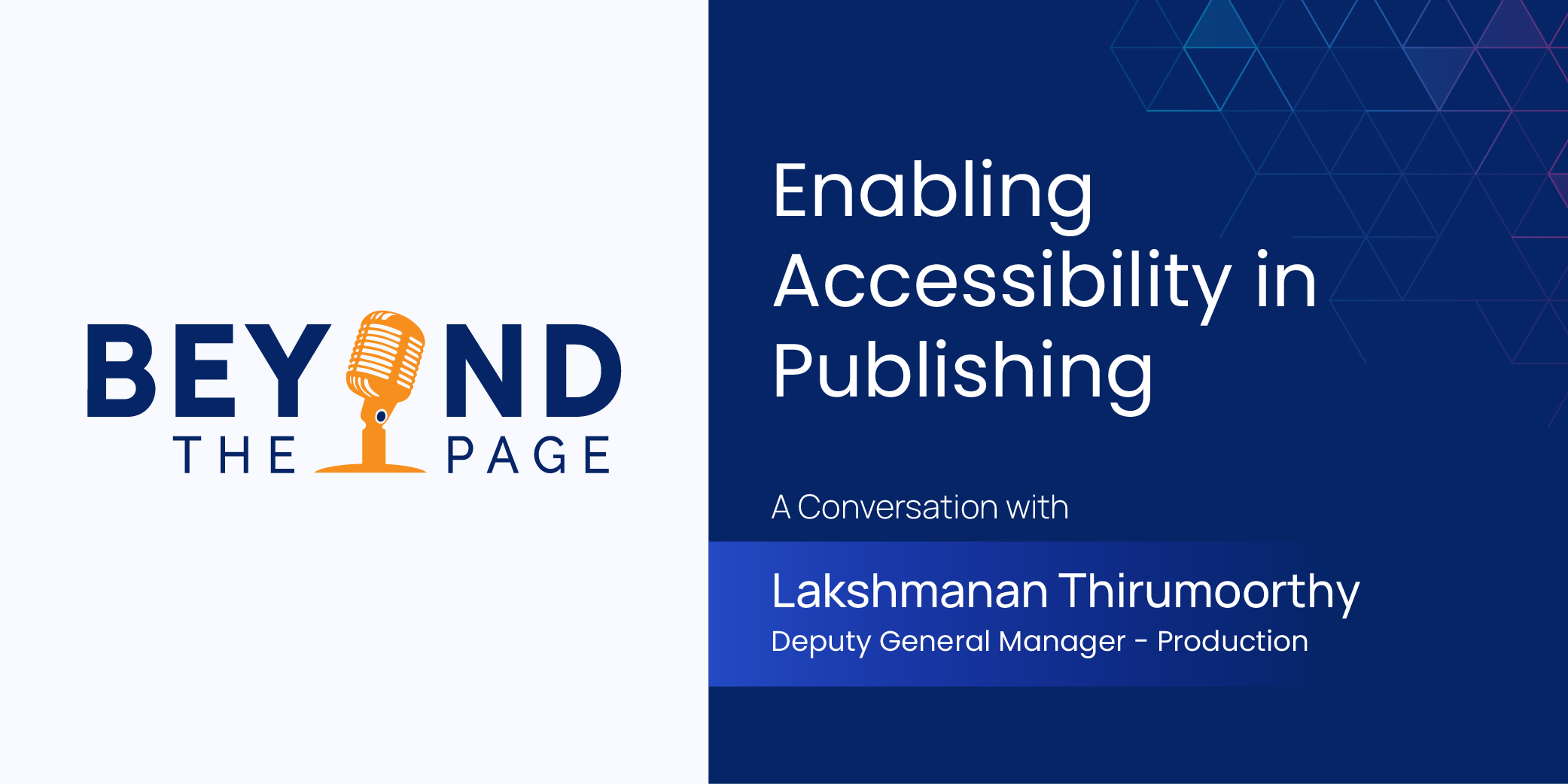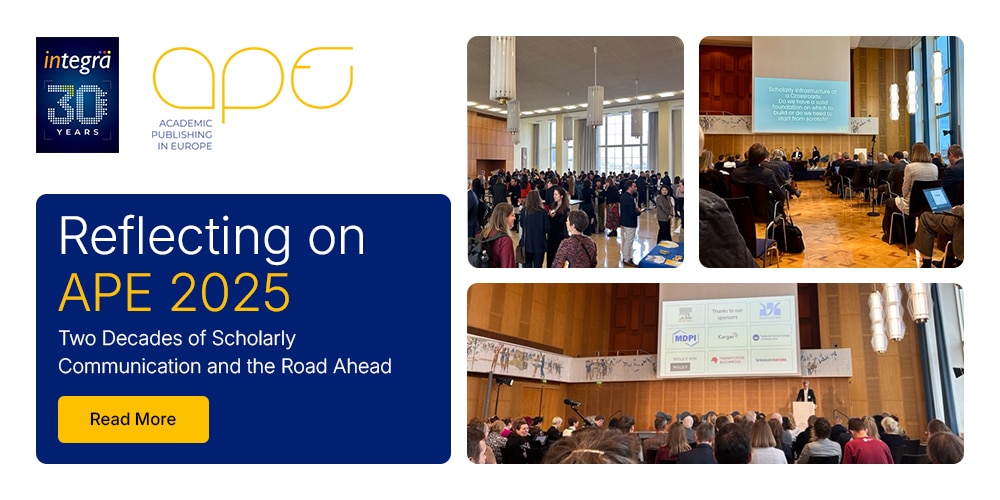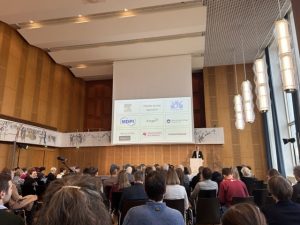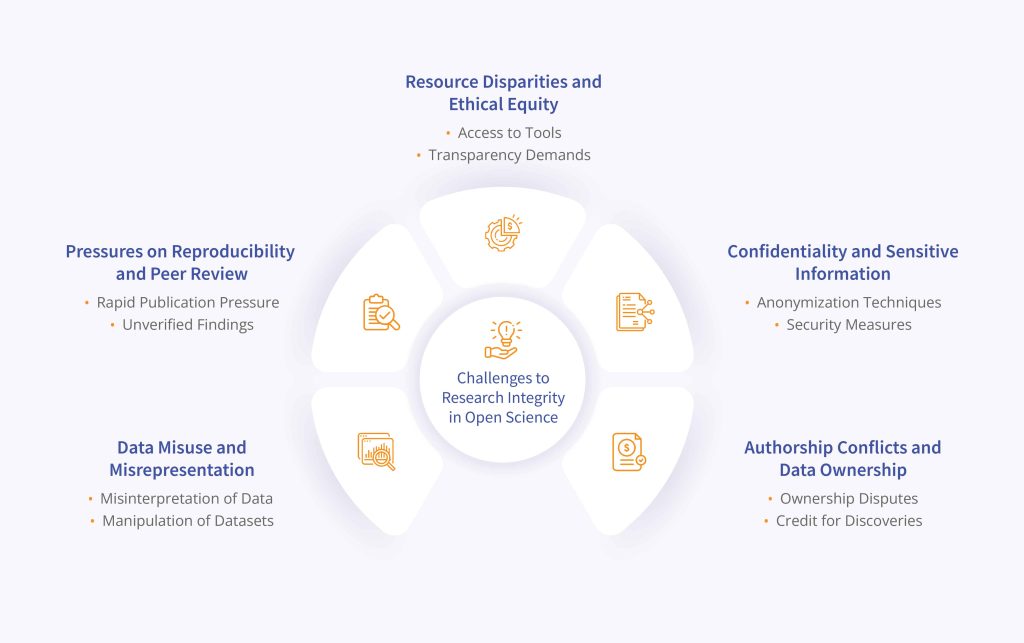Beyond the Page – Thought Leadership, Insights, and Stories from the Heart of Integra
Welcome to Beyond the Page, where we go beyond publishing to bring you thought leadership, insights, and stories from the heart of Integra. Each episode features Integra’s leaders and experts as they share their vision, strategies, and experiences in shaping the future of the industry. Tune in for an exclusive look at the minds driving innovation and transformation within our organization.
_______________________________________________________________________
In an era where digital content is pervasive, ensuring accessibility is more important than ever. Lakshmanan Thirumoorthy, Deputy General Manager – Production & QA Services at Integra, leads a team that focuses on providing end-to-end accessibility solutions for publishers across various industries. From education publishing to research and scholarly publishing, Lakshmanan’s expertise lies in helping clients ensure their content is universally accessible, meeting global standards and providing inclusive access for all readers.
In this interview, Lakshmanan shares his insights into the importance of accessibility in publishing, the challenges publishers face, and how Integra helps them meet these challenges, particularly in the fields of education and research publishing.
Getting to Know Lakshmanan
Lakshmanan, could you tell us about your role at Integra and how your journey led you to focus on accessibility solutions for the publishing industry?
Lakshmanan: Sure! I head the QA Services delivery unit at Integra, where we specialize in functionality and content checking for eLearning platforms and web-based products.
My journey in the digital publishing industry began with transforming content into various formats such as HTML, XML, EPUB, and PDFs. Over the years, I have worked extensively with University Press books, journals, and magazines—each requiring a deep understanding of content structure, metadata, and regulatory compliance.
With 24 years of experience, I have witnessed and addressed many challenges in digital content transformation—from structuring data as per document type definitions to clarifying business rules, defining automation requirements for developers, and effectively demonstrating scenarios to publishers. Instead of seeing these as obstacles, I viewed them as opportunities—each requiring tailored solutions to streamline workflows and enhance efficiency.
As the publishing industry shifts toward accessibility and inclusivity, the demand for WCAG-compliant content has grown significantly. My focus has been on ensuring digital content is accessible to all users, including those with disabilities, helping publishers meet compliance standards while maintaining content integrity.
What does your day-to-day work as Deputy General Manager of Production & QA Services entail? How do you manage the accessibility aspect across different types of publishing?
Lakshmanan: My primary focus is integrating accessibility compliance into every stage of digital content transformation. My day-to-day work involves a mix of strategic planning, troubleshooting with teams, automation, and process optimization.
Each type of Web and Non-Web content follows a unique set of comprehensive accessibility guidelines, enabling publishers to make their digital content more inclusive.
- EPUB Accessibility: Ensures proper structural markup, text spacing, adjustable font sizes (using sans-serif fonts), CSS display settings, text alternatives for meaningful images, embedding pre-recorded audio and video, activating navigation links, defining document properties, and maintaining color contrast.
- PDF Accessibility: Focuses on logical reading order, tab order, text alternatives for images, bookmarks for navigation, proper content tagging, OCR for scanned PDFs, activated links, document properties, and color contrast adjustments.
- Web Accessibility: Covers page titles, meaningful sequence, orientation, use of color, reflow, keyboard operability, input modalities, consistent navigation, identification, help/search features, and status messages to ensure seamless user interaction.
- MS Office Accessibility: Applies to Word documents, Excel spreadsheets, and PowerPoint presentations, each with its own set of guidelines for structured content, alternative text, and keyboard navigation.
- Video & Audio Accessibility: Involves captions, transcripts, sign language interpretation, and audio descriptions to make multimedia content accessible to all users.
By addressing these accessibility requirements across different content types, I help publishers ensure compliance with WCAG standards while improving the user experience for diverse audiences.
What excites you most about the growing focus on accessibility in education and research publishing?
Lakshmanan: In the past, accessibility was often seen as an afterthought. Today, it has become a core requirement in digital publishing, ensuring that students, researchers, and educators have equal access to information, regardless of their abilities.
Universal Design for Learning (UDL) guidelines provide concrete strategies that can be applied across disciplines to ensure that all learners can engage in meaningful and challenging learning experiences.
This significant growth in accessibility has led to digital publications being more widely available on eReaders like iPad, Kindle, and Screen Readers, reducing reliance on printed hard-copy books. The combination of digitalization and accessibility compliance has broadened access to content, making learning more inclusive and interactive.
The shift towards accessibility is not just about compliance—it’s about creating an inclusive, dynamic, and engaging learning environment for everyone.
The Importance of Accessibility in Publishing
Accessibility is becoming a central focus in publishing. Why is accessibility so crucial for the publishing industry, especially in education and research publishing?
Lakshmanan: Accessibility is essential because it removes barriers, allowing students, researchers, and professionals to engage with content independently.
- It enables students with disabilities to access textbooks, assignments, and assessments in formats that suit their learning needs.
- Digital content with alt text, captions, structured navigation, and interactive elements enhances comprehension and engagement.
- Academic papers, journals, and reports become accessible to all researchers, fostering inclusive collaboration and global knowledge-sharing without restrictions.
By prioritizing accessibility, the publishing industry ensures that knowledge is truly inclusive, benefiting all learners and researchers worldwide.
In what ways does inaccessible content affect the experience of students, educators, and researchers?
Lakshmanan: When content is accessible, students learn better, educators teach more effectively, and researchers contribute without barriers, driving innovation and progress.
However, inaccessible content creates significant barriers, limiting the ability to learn, teach, and share knowledge effectively:
- Students struggle with limited access to learning materials if features like alt text, captions, proper navigation, or screen reader compatibility are missing. This exclusion from interactive learning makes education unequal and frustrating.
- Educators spend more time troubleshooting accessibility issues rather than focusing on effective teaching.
- Researchers face difficulties in exploring and contributing to their fields when academic papers, reports, and journals are not structured for accessibility.
How are digital formats contributing to accessibility challenges, and how do publishers ensure that their content remains accessible across different devices and platforms?
Lakshmanan: Key Challenges in Digital accessibility:
- Device and Browser variability: Content may display differently across eReaders, tablets, laptops, desktops, browsers, and mobile devices, leading to inconsistent experiences.
- Multilingual Content & Screen Readers: Ensuring that screen readers interpret and pronounce text correctly in different languages is essential for comprehension.
- Interactive & Dynamic Content: Auto-scrolling, flashing animations, or complex interactions can create barriers if not properly optimized.
Publishers can create a truly inclusive reading experience that works across all platforms and devices by implementing the following best practices:
- Follow W3C WAI & WCAG Guidelines: Adhering to industry standards ensures compliance and inclusivity.
- Optimize Layout & Responsiveness: Implement readable line lengths, responsive breakpoints for different screen sizes (mobile, tablet, desktop), and maximum width settings for better readability.
- Ensure Proper Contrast & Color Use: Maintain a minimum contrast ratio of 4.5:1 for normal text and 3:1 for large text (18pt+ or bold 14pt+). Avoid using color alone to convey information—use icons or text labels instead.
- Use Semantic HTML & Logical Navigation: Avoid excessive use of ARIA roles when native HTML elements suffice. Ensure logical tab order for smooth keyboard navigation.
- Descriptive Links & Status Messages: Instead of generic links like “Click Here” or “Learn More”, use meaningful text (e.g., “Learn More About Pricing”).
- Manage Animations & Motion Effects: Avoid auto-scrolling or flashing effects that could trigger motion sickness or seizures. Provide options to pause, stop, or hide animations.
Integra’s Accessibility Solutions
Integra provides a range of accessibility services for publishers. Could you explain how Integra supports education and research publishers in making their content accessible?
Lakshmanan: Integra offers comprehensive solutions that meet global accessibility standards such as WCAG v2.2, Section 508, EAA (EN 301 549), PDF Universal Accessibility Standards, HTML5 Semantics, and EPUB Accessibility 1.0.
- Expert-Led Manual Remediation: We avoid over-relying on automation, ensuring that all content undergoes careful manual review for high-quality accessibility solutions.
- Customized Solutions: We provide tailored remediation for a variety of publishing platforms and digital formats, addressing the unique needs of each project.
- Scalability: Integra has the capacity to handle large volumes of content, ensuring that accessibility standards are consistently met while maintaining compliance and accuracy.
Can you provide an example of how Integra has worked with a client in education publishing to improve the accessibility of their materials?
Lakshmanan: Certainly! One notable example is our collaboration with Pearson Education on their STEM discipline books digital-first work. Pearson required their online textbooks, workbooks, and interactive learning materials to be made accessible for students with visual impairments, hearing disabilities, and other accessibility needs.
Integra provided comprehensive accessibility services to ensure that Pearson’s educational content was fully accessible, enhancing the learning experience for all students. In addition to improving engagement, we also ensured full compliance with global accessibility standards, making the content inclusive for a wider range of learners.
Ensuring Accessibility at Every Stage of Publishing
Accessibility must be integrated early in the publishing process. Can you walk us through the typical steps Integra follows to ensure accessibility from pre-production to post-production?
Lakshmanan:
Pre-Production: Planning & Content Assessment:
- Initial Analysis: Assessing content structure and defining accessibility requirements.
- Guideline Definition: Outlining accessibility standards based on file formats (e.g., WCAG, Section 508).
- Project Planning: Establishing goals, timelines, and deliverables with the client.
Production: Content Remediation & Quality Control
- Remediation: Applying automated and manual remediation to ensure accessibility.
- Testing: Using tools like ANDI and Axe for automated checks, supplemented by manual reviews.
- User Feedback: Incorporating input from users with disabilities for real-world usability.
Post-Production: Final Validation & Delivery
- Review: Conducting a final check for accessibility compliance.
- Delivery & Support: Delivering the final content, along with post-production support for updates or adjustments.
What challenges do you face when converting print content into accessible digital formats like EPUBs and accessible PDFs, and how does Integra handle these?
Lakshmanan: I felt I already answered to this question earlier.
How does Integra ensure quality assurance (QA) throughout the process to guarantee the content is both accessible and of high quality?
Lakshmanan: I have explained in detail for similar question earlier.
Customizing Accessibility for Different Publishers
How does Integra assist research publishers in ensuring that complex academic content is presented in accessible formats, without compromising on the integrity of the content?
Lakshmanan: One key accessibility challenge is handling Math Equations in academic content. Some eReaders struggle to correctly pronounce MathML, impacting accessibility. To address this, Integra customizes solutions based on publisher preferences—offering fall back images with proper text alternatives for screen readers while ensuring seamless rendering across devices. This approach maintains both content integrity and accessibility compliance without compromising usability.
The Future of Accessibility in Education and Research Publishing
As the publishing industry evolves, where do you see the future of accessibility in education and research publishing? How do you think emerging technologies will shape this future?
Lakshmanan:
Emerging technologies like AI, voice assistants, immersive AR/VR, and haptic feedback will enhance accessibility, enabling students and researchers to engage with content in more intuitive ways.
AI-powered tools help generate alt text, convert math equations into accessible formats, and conduct automated compliance checks.
At Integra, we integrate AI-driven automation with expert-led manual remediation, ensuring efficiency without compromising quality. We use AI-based OCR for scanned content, natural language processing (NLP) for alt text generation, and automated accessibility testing tools for compliance verification.
Integra is committed to expanding its accessibility solutions by investing in advanced AI-driven tools, enhancing its accessibility testing frameworks, and strengthening partnerships with education and research publishers. We are also working on developing scalable, customizable accessibility solutions for dynamic digital content, including interactive learning modules, scientific journals, and STEM resources. Additionally, we plan to enhance our support for emerging formats like immersive e-learning, AR/VR content, and AI-powered assistive technologies to ensure universal accessibility.
Conclusion:
Thank you, Lakshmanan, for sharing your valuable insights on the importance of accessibility in education and research publishing. As the publishing world continues to embrace digital transformation, ensuring that content is accessible for all readers has never been more important. Integra’s comprehensive accessibility solutions are making it easier for publishers to comply with standards and reach a broader, more inclusive audience.
For education and research publishers looking to make their content more inclusive, Integra offers the tools and expertise to get there.














